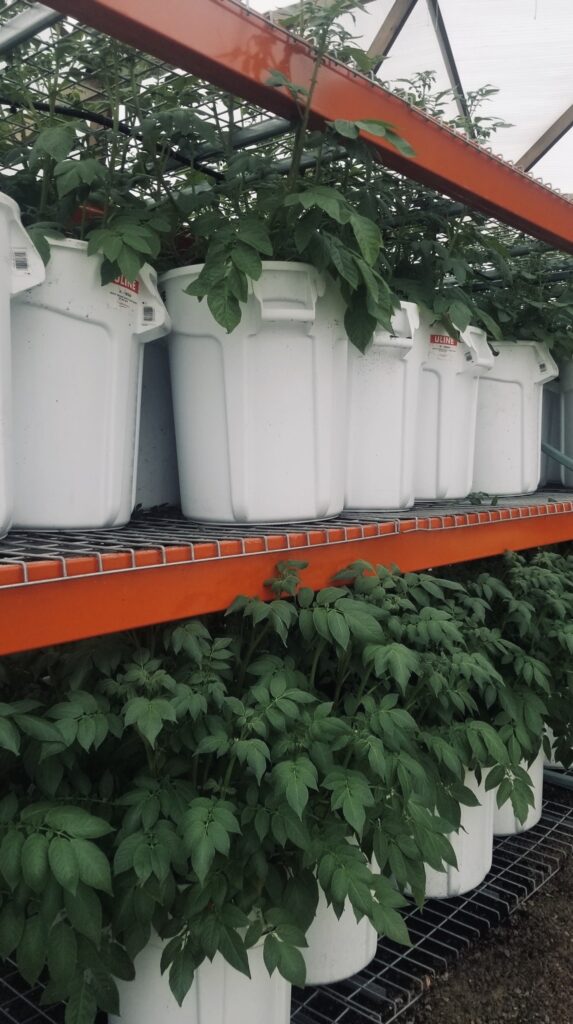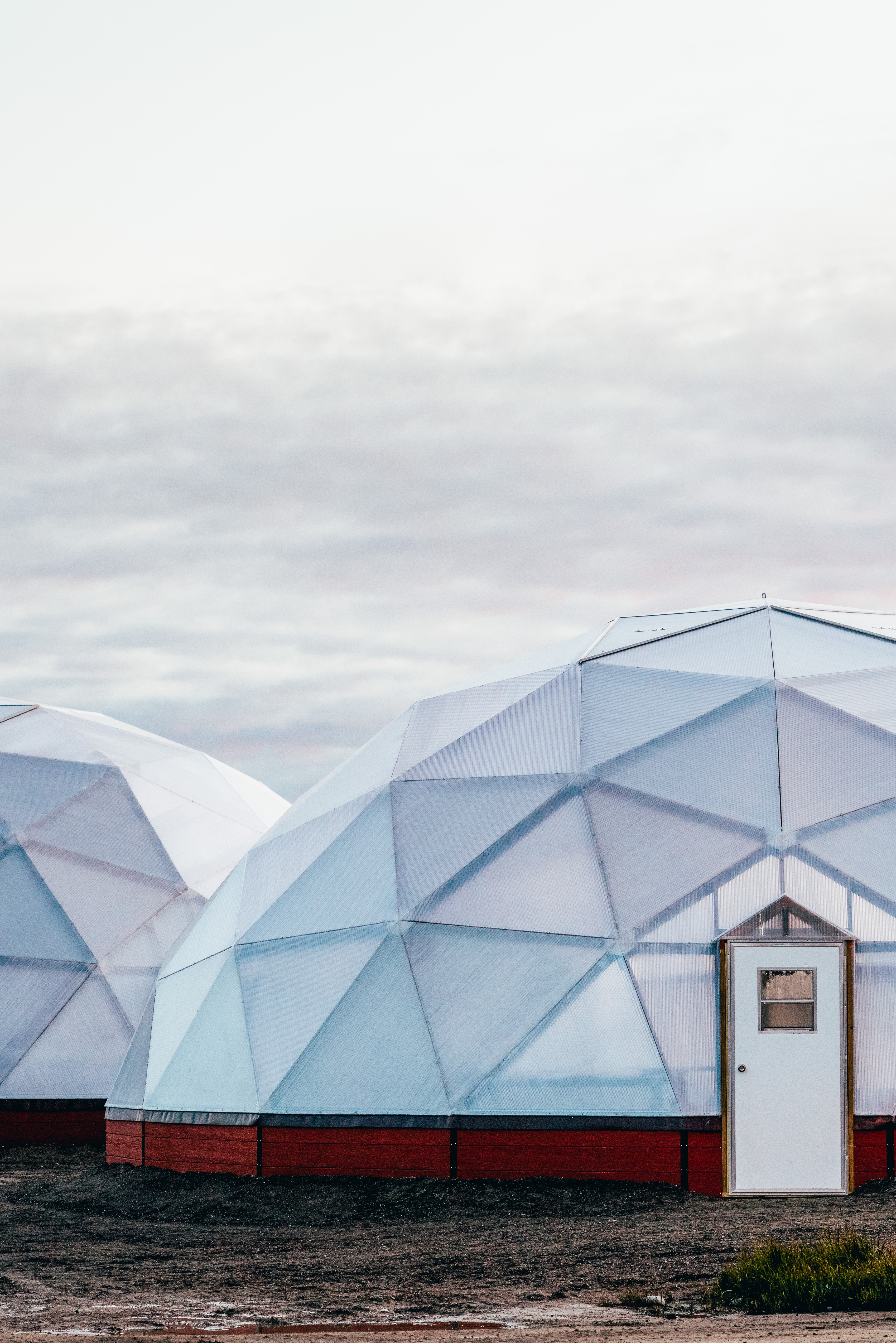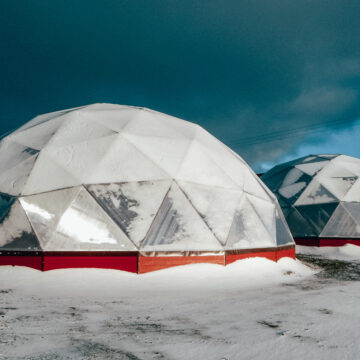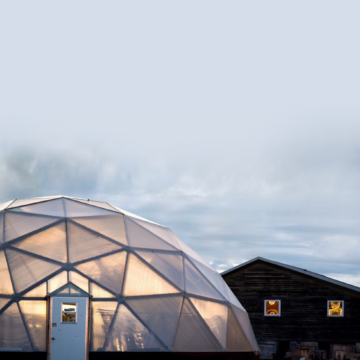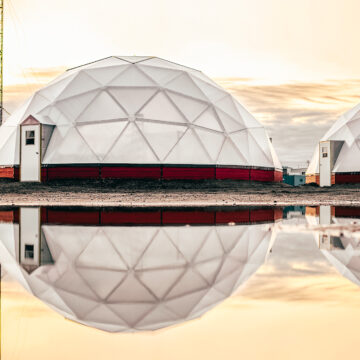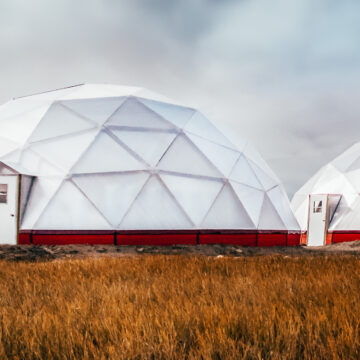In her own words: How Beekeeping in Kenya led Stefany Nieto to Arctic Food-Sovereignty
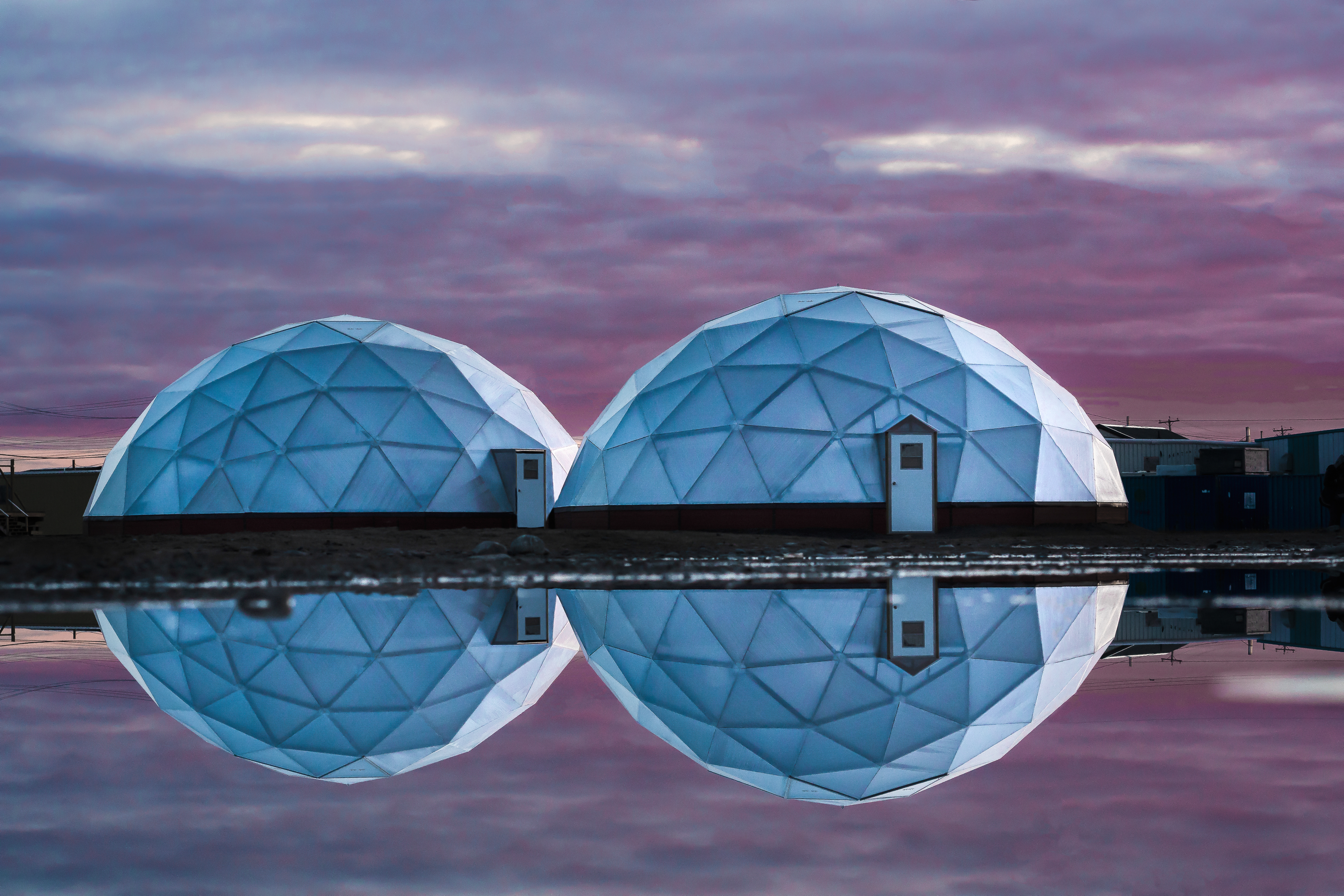
When I entered university, I held a typical business-school attitude towards my future. You know the type: Climb the corporate ladder, make millions, capitalize on capitalism; but life had drastically different plans.
During my first year of university, I joined an organization, Enactus Ryerson, which changed my Ayn Rand view of society. Through Enactus and Ryerson University, I undertook a project based out of rural Kenya. The project took me overseas to remote communities, full of colourful garb, delicious food, and pride. Led by the local community, we collaborated, co-built, and expanded projects ranging from microloans to beekeeping. It was then, standing in a field nearing midnight while tending to African killer bees, that I decided climbing the corporate ladder or making capitalism a focal point of my future was not the right fit for me. Instead, I would take on exhilarating challenges that would make the world a more livable place for communities around the globe, regardless of where they lived.
When I returned to Canada, motivated and determined, I realized that I did not yet have an idea as to how I could make an impact. Reflecting on famous changemakers and their paths, I realized that the best positive change starts at home. For me, that meant giving back to a country that had taken in my family and myself.
You see, I am in love with where I live. Canada has been home to my family for approximately 17 years now, providing us with opportunity, safety, and peace, all of which are unachievable in our home country, Venezuela. As I continued my quest in search of an idea to tackle, I learned that the bountiful opportunities I had received were not the standard experience for all Canadians, particularly those living in remote and Northern communities across the country.
One of the more pressing challenges experienced in remote and Northern areas centered around food security. During further research into Canadian food insecurity, we found that 78% of children under 18 live in a food-insecure household in Nunavut. Having seen food insecurity first-hand before immigrating to Canada, it was shocking to learn about this injustice experienced by multi-generational Canadians. This is when that motivation and determination rose to the center stage of my life.
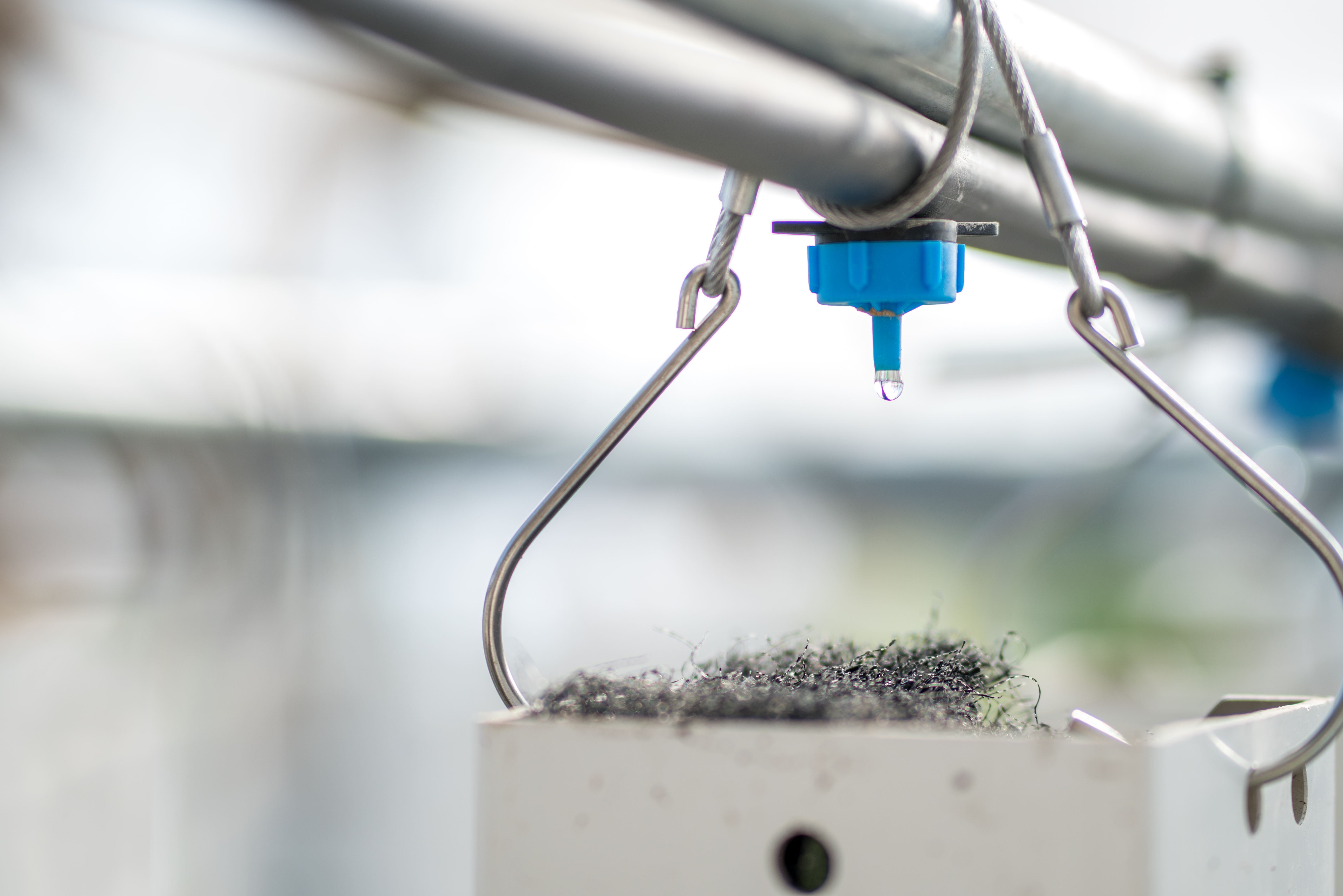
While Canada has taken action towards reconciliation with Indigenous peoples, remote and Northern communities still face incredible challenges with food security. Food insecurity is defined as when people are struggling to feed themselves due to unreliable access to a sufficient quantity of affordable, nutritious food. Beyond hunger, food insecurity looks at the nutritional needs and psychological anxieties surrounding having an inadequate food supply. Remote communities face unique food security challenges simply due to their geographic location. This limits their ability to transport food in, and the typically inhospitable land restricts access to locally grown food.
Prior to the COVID-19 pandemic, Canada’s Community Health Survey reported that 4.4M people, including 1.2M children under the age of 18 are unable to access enough food to eat. Further, PROOF Research in food insecurity reported that the highest rates for food insecurity are found amongst Indigenous households. While the pandemic has exacerbated food insecurity across the country, this problem was already an increasing concern, potentially impacting overall quality of life.
At 19, my journey to build Green Iglu began as an after-school project to make a difference in at least one community in Nunavut, if I could, and if a community was willing to have us work with them. This mission sparked a series of events that has led the organization to become an entity existing and succeeding outside of the mind of an idealistic 19-year-old.
Any successful organization always begins with the team that built it, specifically the individuals who worked endless hours drafting business plans, budgets, pitches, and everything else required to start a business. Having said that, the story of Green Iglu truly begins around 2013 when I met my co-founder, Ben Canning. Our friendship quickly picked up pace as we learned how much we had in common, including our birthday, both of which fell on Nunavut Day. You could say it was written in the stars!
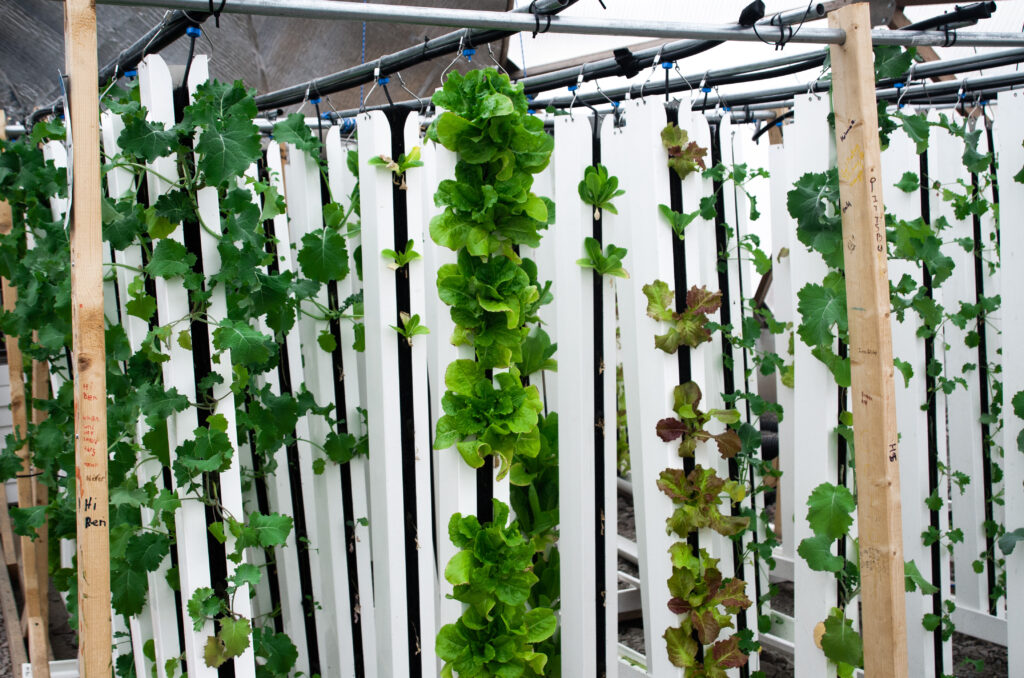
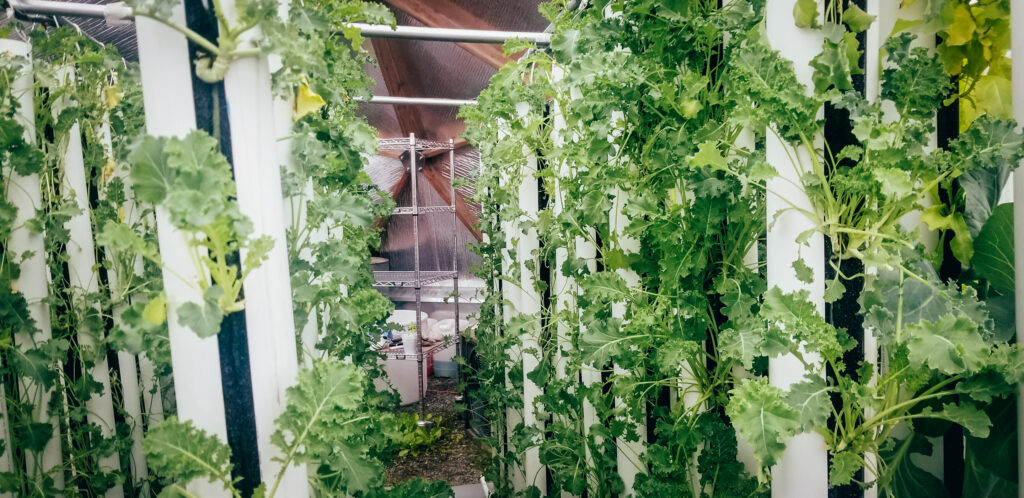
For the first eight months of Green Iglu (Growing North back then), we spent our time splitting our capacity across schoolwork, multiple part-time jobs, and the Growing North project. Countless hours were spent reviewing third-party research on food security, harsh-weather solutions, and the history of Nunavut. At the time, we felt overwhelmed by the amount of work we had taken on, so we ended up hiring a team of bright-eyed and eager students similar to us. Unfortunately, we quickly realized that a bigger team was more work and even more of a time commitment than before. Three months after we hired the team, we came to the hard decision of letting our new team go and continued to draft project processes, pitches, and budget just the two of us. As our research progressed, we realized that while we had spent a lot of time reading about food insecurity, we hadn’t actually spoken to anyone who was experiencing the problem in our target location firsthand. This had to change.
One of the fundamental rules of entrepreneurship is to first speak to your target audience, learn their pain-points, and gain a deep understanding of their everyday struggles. We set off; young, broke, but determined students, pitching our ambitions to anyone that would listen, to fund our first trip to the Canadian Arctic in 2013. Finally, we found ourselves pitching our idea to Sheldon Levy (former president of Ryerson University and the supporter of dreams) who believed in our ambitions and helped us fund our initial trip to the Arctic. When we raised the first $1,000.00, Ben and I cried tears of happiness. Soon enough, we landed in the most remote, inhabited regions of Canada where we interviewed community members on their experience with food security, their relationships with food, and their everyday lives. During this initial exploratory trip, we also managed to create lifelong friendships. Relationships are important: We build the first pilot project with the community.
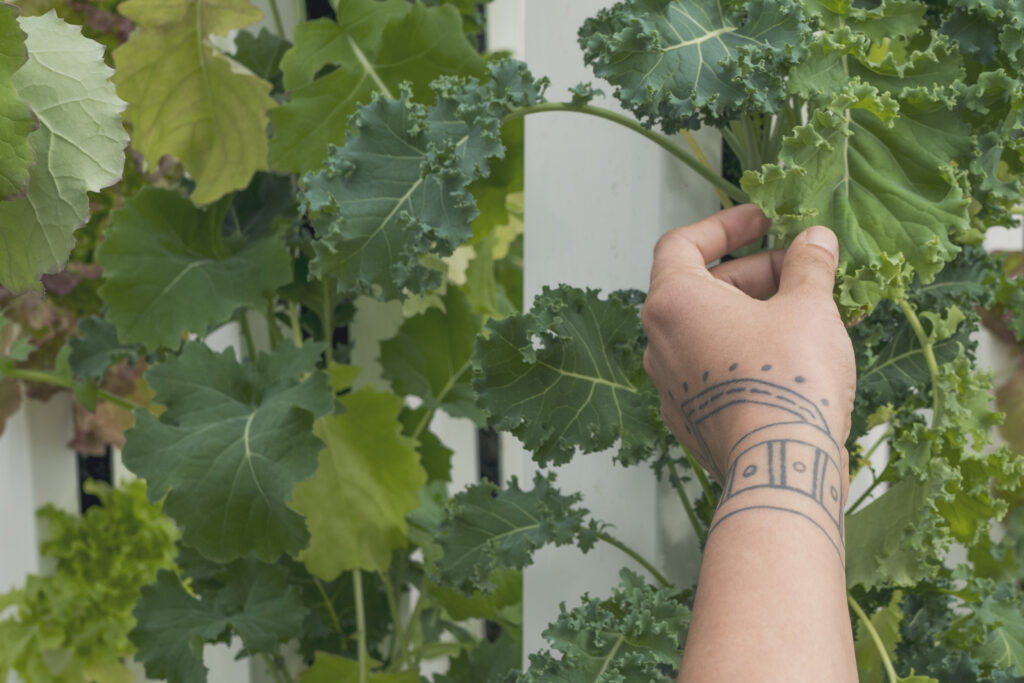
Once we got back down South, we buckled down and began raising funds across a variety of diverse stakeholders, from donors, fundraising events, sponsors, a Kickstarter campaign, and our family and friends. We worked with the community to select the initial greenhouse design, a 42-foot geodesic dome that would house endless rows of hydroponic towers, all growing fresh, nutritious, leafy vegetables. Once we had raised the funds, we set out and ordered all the materials required for our first build. It’s important to note that while we didn’t have formal experience in this space, Ben had actually grown up on a farm and was one of those types of people that was born to be an engineer, despite ending up in a business school. Our team traveled to the Arctic once more and with the help of a build supervisor and community builders, the very first Green Iglu was built. The project was built as a way to see if veggies could actually grow in the Arctic and if it would be cost efficient to do so. What we learned is that:
- Cost efficiencies were only achieved during the summer months when sunlight could penetrate the greenhouses panels. This is something we’re still working through today.
- Hunting was and is the preferred source of nutrition, and we fully support all advocacy for continuing and expanding these harvesting practices. Anything grown in the greenhouse was meant to supplement hunting.
- Vegetables were a joy for the community to grow, learn about, and eat – but only if they included nutrient-dense options beyond leafy greens. We have since opted to provide more soil-based growing systems as a response to community preferences.
While the road of an entrepreneur is never smooth, we learned a fair amount about ourselves, project management, and, most notably, working in some of the most remote areas of the world. Aside from logistics, we began to understand that for sustainable development to succeed, education and training are crucial, tailored to the local culture and the project needed to be community-led. As we continued to develop the initial pilot, we worked with the local Hamlet to craft a training program that spanned across topics including entrepreneurship, horticulture, nutrition, and financial literacy. At the time, we hadn’t yet found our stride, so our training wasn’t targeted in the specific areas for the pilot, which ultimately resulted in a failed harvest.
It was tough to see months of hard work result in failure, but it was a pivotal moment for the organization. We soon dusted ourselves off, and shifted gears to the revised training program into two buckets:
- Horticulture, greenhouse management, and operations for greenhouse managers
- Nutrition (including hunting), horticulture, and eco-living for students.
Once we shifted our training program, word got out about the project and media attention shone the spotlight. Soon enough we were invited to continue our project beyond our initial pilot and expand into new communities. We were selected as a top finalist of the Google Impact Challenge and subsequently joined the LEAP startup incubator for the next two years. Throughout this time, we really grew up as a team, an organization, and as individuals. Our key learnings from this process include team management, budgeting and budget tracking, strategic planning, community collaboration, sustainable program expansion, and so much more.
The support we have received over the years paired with our learnings (read: failures and successes) have resulted in multiple harvests and expansion plans beyond our initial Nunavut geographic target. We are always open and even insist on collaborating, with each community to ensure the continued success of each community-owned and operated greenhouse.
The goals of Green Iglu are not our own but reflect the local circumstances of the community partners, who reach out to us to begin the process of getting a greenhouse. Our plan is not to replace traditional foods with greenhouse produce but instead to support local food goals and complement traditional or country foodways, as dictated and chosen by the communities we partner with. This is why each community we work alongside receives a tailored approach: the community determines the size and type of dome that works best for them and the foods they wish to grow inside. We deeply understand that each community is unique, which is why a one-size-fits-all approach is never used. Today, Green Iglu has built five domes operating across Nunavut and Quebec and is quickly expanding to new locations in British Columbia, Northwest Territories, Quebec, and Ontario later this year.
